This entry includes a walking tour! Take the tour.
Introduction
Text-to-speech Audio
Once encompassing over 100,000 acres, this remarkable site along Lake Phelps was one of the Upper South's largest plantations. Much of it was densely vegetated swampland, but enslaved persons ultimately cleared thousands of acres and dug over 20 miles of transportation canals and over 80 miles of drainage ditches. Beginning in 1785, three generations of the Collins family owned Somerset Place. Over its lifetime, at least 861 enslaved persons, 50 white employees, and two free Black employees worked here. Seven original buildings still stand, including the Collins Family Home (c. 1839), Colony House (c. 1840), Dairy (c. 1840), Kitchen/Laundry (c. 1808), Kitchen Rations Building (c. 1830), Smokehouse (c. 1830), and Salting House (c. 1830). There are also four reconstructed buildings, including the Plantation Hospital, Overseers' House, and two slave houses: the Lewis and Judy Home and the Sucky Davis Home, named after the original structures' occupants in 1843. The site is open Tuesday through Saturday from 9:00 a.m. to 5:00 p.m. and offers visitors a comprehensive social history of the enslaved and free persons who lived and worked on the plantation. Somerset Place State Historic Site is a part of the North Carolina Department of Natural and Cultural Resources.
Images
The Collins Family Home
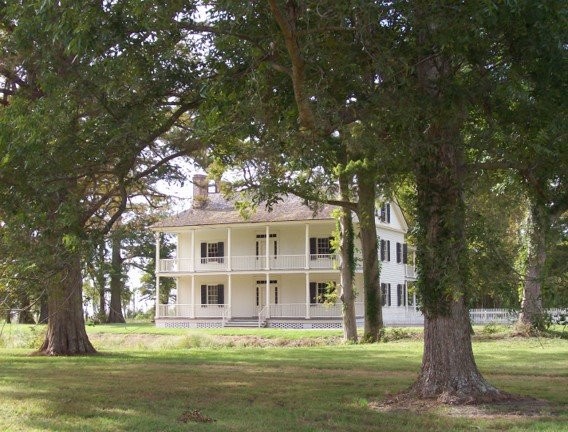
The Enslaved Community (from left to right: Lewis and Judy's Home, Plantation Hospital, and Sucky Davis' Home)
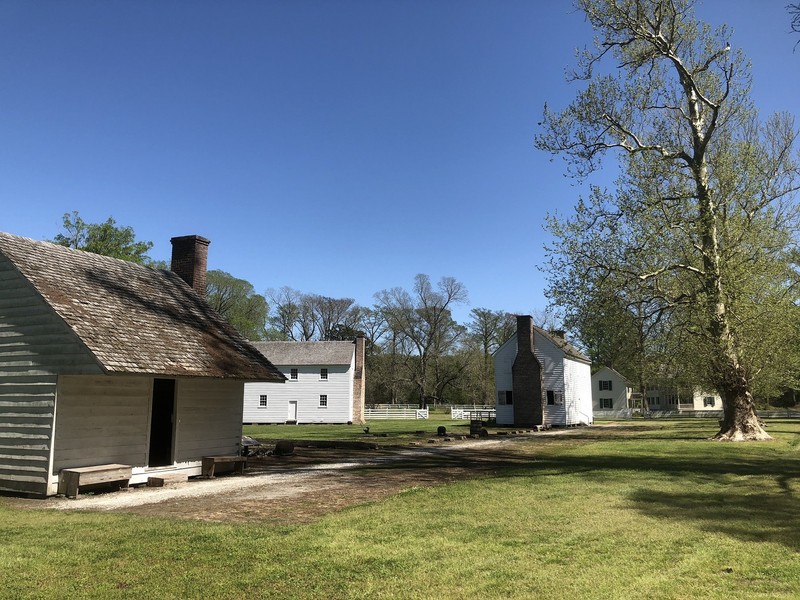
The Owner's Compound
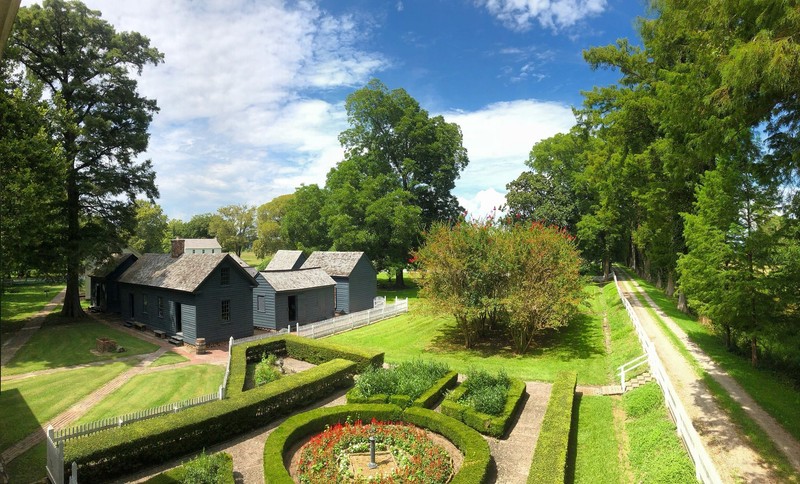
Somerset Place
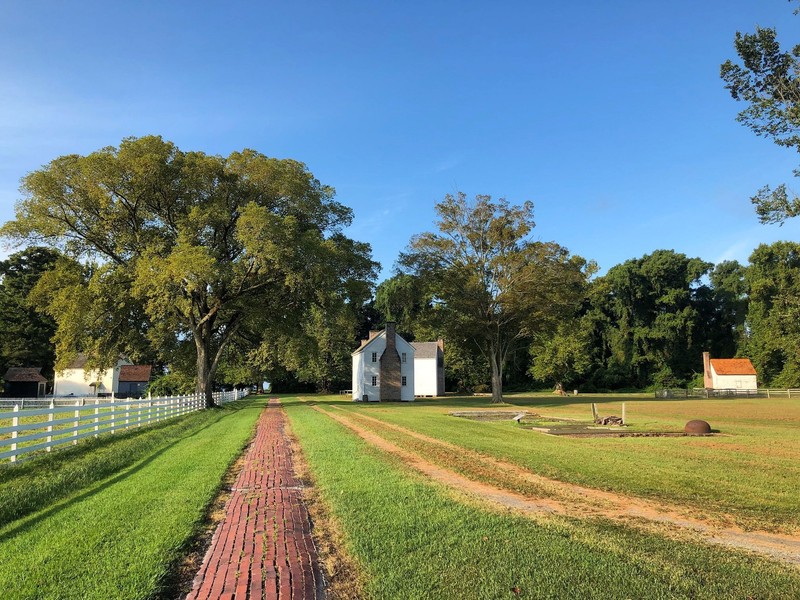
Lake Phelps from the Owner's Compound
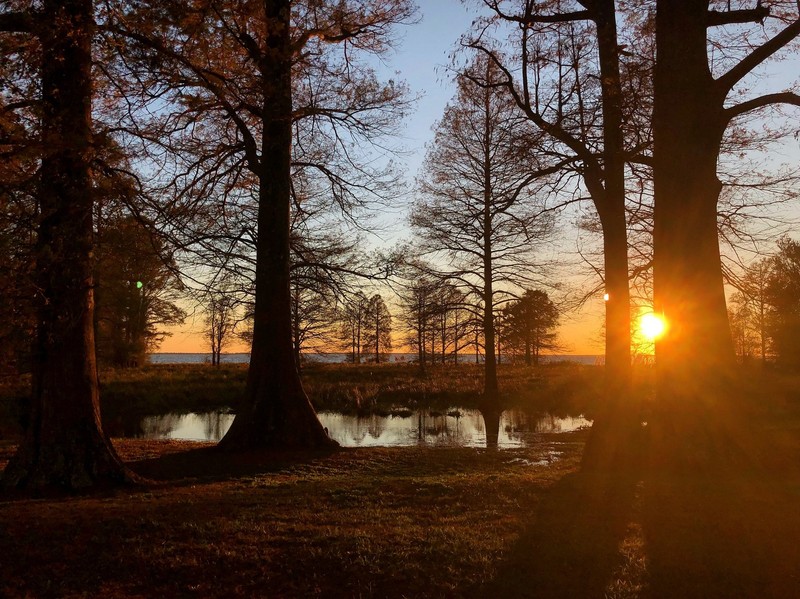
Backstory and Context
Text-to-speech Audio
In 1784, three businessmen in Edenton, North Carolina, formed the Lake Company to acquire over 100,000 acres of densely vegetated swampland that surrounded and included Lake Phelps. Their goal was to establish a profitable rice plantation. To that end, the company sent a ship named Camden to West Africa in 1786 to purchase 80 enslaved native Africans who possessed knowledge of rice cultivation. These individuals were sent into the swamp to dig a 6-mile long canal that connected Lake Phelps with the Scuppernong River. The company also acquired 80 enslaved African Americans in the Edenton area. By 1790, enslaved workers had finished the canal, cleared and cultivated land for rice, and, along with hired white employees, constructed several buildings for housing and agriculture. As years passed, the enslaved persons at the lake became linked in an extensive kinship network, and the surviving native Africans influenced the beliefs, customs, and culture of the entire enslaved community. 1
The plantation quickly became very profitable for the Lake Company. However, one of the businessmen, Josiah Collins I, bought out his partners by 1816 and renamed the plantation Somerset Place after his home county in England. He also switched the principal cash crop from rice to corn. Upon his death in 1819, Somerset and its enslaved population passed to his eldest son Josiah II for the duration of his lifetime. Josiah II increased the enslaved population at Somerset by transferring people from Collins family properties in Edenton and purchasing others at estate sales. Most were young, unmarried individuals who brought unrelated bloodlines into the enslaved community's kinship network. Enslaved persons were then forced to dig more canals, clear more land, and build additional housing for the growing population. 2
Both Josiah I and II lived in Edenton and operated the plantation as absentee landlords. However, Josiah II's oldest son Josiah III decided to make Somerset Place his home in 1830 with his new wife, Mary Riggs. When Josiah II passed away in 1839, the land and enslaved persons along Lake Phelps were divided among his eight children (although his youngest daughter, Alethea, born after the death of Josiah I, did not receive land). Josiah III received Somerset Place proper, which included all the cultivated land at the lake. However, the enslaved persons who also lived at Somerset were divided among Josiah III and his siblings. Those individuals whom Josiah III did not inherit, rent, or purchase from his siblings were forcibly transported to Edenton, Elizabeth City, or plantations in Alabama while others were sold. This division of the enslaved community impacted every family at Somerset: children were separated from their parents, husbands and wives broken apart, and kinship networks destroyed. 3
Those remaining at Somerset had little time to recover from this tragedy, because Josiah III transformed the plantation into his personal estate and further increased agricultural operations. He commissioned the construction of a new 14-room mansion for his family, which was completed in 1839. He altered the landscape through the creation of the Owner’s Compound with new domestic dependencies and a boarding school for his and Mary’s six sons. Enslaved and free carpenters also erected the hospital and chapel for the enslaved community. To enhance his power and control, Josiah III kept meticulous records about everything on the plantation, including daily tasks for enslaved men, women, and children. Between 1850 and 1860, enslaved persons cleared 1,500 additional acres of land and produced a variety of cash crops, including corn, lumber, wheat, barley, flax, sweet potatoes, peas, and butter. Enslaved persons not only included field hands but also skilled artisans and domestic workers. Even though work days could last over 14 hours, enslaved individuals still managed to carve out their own world by reestablishing kinship networks, practicing cultural traditions, and committing acts of defiance. As such, the enslaved population grew from 283 individuals in 1843 to 328 persons in 1860, making Somerset Place the third largest plantation in North Carolina (based on the number of enslaved individuals on one plantation). 4
At the start of the Civil War, the Collins family fled to Hillsborough, North Carolina, and sent most of the enslaved community to a new plantation in Franklin County. Josiah III passed away suddenly in 1863, leaving mounting debts from managing two plantations in a war-torn economy. The end of the war finally brought emancipation to the enslaved community, who returned to Somerset and pressed the Collins family for wages or land to rent. The Collinses refused both, and so all but a handful of the newly freed men, women, and children left the plantation to pursue their freedom elsewhere. Without a labor force to pay off debts, Mary Collins transferred Somerset to her nephew in 1867 and passed away in 1872. Her three living sons, Josiah IV, George, and Arthur relocated elsewhere. The plantation then passed through a series of 14 different owners until the federal government acquired it in 1937. Two years later, the federal government transferred a small portion along the north shore of Lake Phelps to the State of North Carolina, which included what was left of the antebellum built environment. The state formed Pettigrew State Park with this land and the lake, and later established Somerset Place State Historic Site as a separate entity in 1969. 5
Today, Somerset Place is a representative state historic site that offers visitors a realistic view of life on one of North Carolina’s largest antebellum plantations. The site is open year-round, Tuesday – Saturday from 9:00 a.m to 5:00 p.m. Guided tours interpret a comprehensive social history of the enslaved community, hired employees, and the Collins family. Admission is free, but there is a small fee for guided tours. The site also offers educational programming for school groups, including Hands-on and STEAM programs. In addition, Somerset Place hosts special events throughout the year and has rental opportunities. The site’s official website has information for planning your visit. The best way to travel to the site is to take Exit 558 from highway US-64 and follow the signs to Somerset Place.
Sources
1 "Plantation Timeline: 1785-1819," North Carolina Historic Sites, accessed April 5, 2019, https://historicsites.nc.gov/all-sites/somerset-place/history/plantation-timeline; "1828-1839: A Residence at Somerset," North Carolina Historic Sites, accessed April 5, 2019, https://historicsites.nc.gov/all-sites/somerset-place/history/plantation-timeline/1828-1839.
2 Ibid.
3 Ibid.; “1840-1843: Growth and Tragedy,” North Carolina Historic Sites, accessed April 5, 2019, https://historicsites.nc.gov/all-sites/somerset-place/history/plantation-timeline/1840-1843.
4 Ibid.; "1828-1839: A Residence at Somerset," North Carolina Historic Sites, accessed April 5, 2019, https://historicsites.nc.gov/all-sites/somerset-place/history/plantation-timeline/1828-1839; “1850-1860: A Perpetual Cycle of Labor,” North Carolina Historic Sites, accessed April 5, 2019, https://historicsites.nc.gov/all-sites/somerset-place/history/plantation-timeline/1850-1860; “1860-1865: War and Deliverance,” North Carolina Historic Sites, accessed April 5, 2019, https://historicsites.nc.gov/all-sites/somerset-place/history/plantation-timeline/1860-1865.
5 Ibid.; “The Site,” North Carolina Historic Sites, accessed April 5, 2019, https://historicsites.nc.gov/all-sites/somerset-place/history/site.
Somerset Place State Historic Site
Somerset Place State Historic Site
Somerset Place State Historic Site
Somerset Place State Historic Site
Somerset Place State Historic Site
